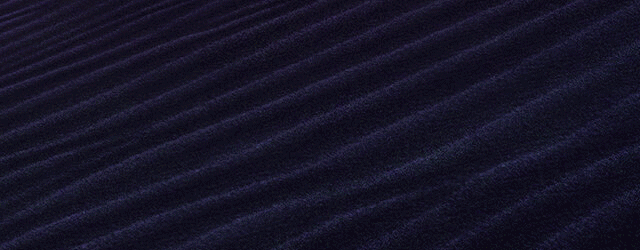Just an FYI update. I have recently had to replace the wheel bearings in my Gray Area 934 mids. They have now gone to a Koyo bearing and spec 65lbft for the 1/2" cv bolts with red loctite. You will need to either send the bearing plate or the complete hub in to GA for modification and maintenance. If you have a lathe you can do the easy mod yourself.
I had to replace the wheel bearings due to the fact that the hub was originally assembled ,direct from GA ,without the inner seal and the results was washed out wheel bearing grease killing the wheel bearings. One of the few times I haven't disassembled/inspected something before running. GA was good to deal with but they also basically ignored the fact they were the cause of my needing to spend $$$$ for their mistake. They gave me a small discount but would not even consider providing the missing seal(I didn't even ask for anything on the bearings at that point even though it was their fault for the failure).. I'm not very happy to say the least. It is what it is in the aftermarket though.
I had to replace the wheel bearings due to the fact that the hub was originally assembled ,direct from GA ,without the inner seal and the results was washed out wheel bearing grease killing the wheel bearings. One of the few times I haven't disassembled/inspected something before running. GA was good to deal with but they also basically ignored the fact they were the cause of my needing to spend $$$$ for their mistake. They gave me a small discount but would not even consider providing the missing seal(I didn't even ask for anything on the bearings at that point even though it was their fault for the failure).. I'm not very happy to say the least. It is what it is in the aftermarket though.
Last edited by a moderator:

